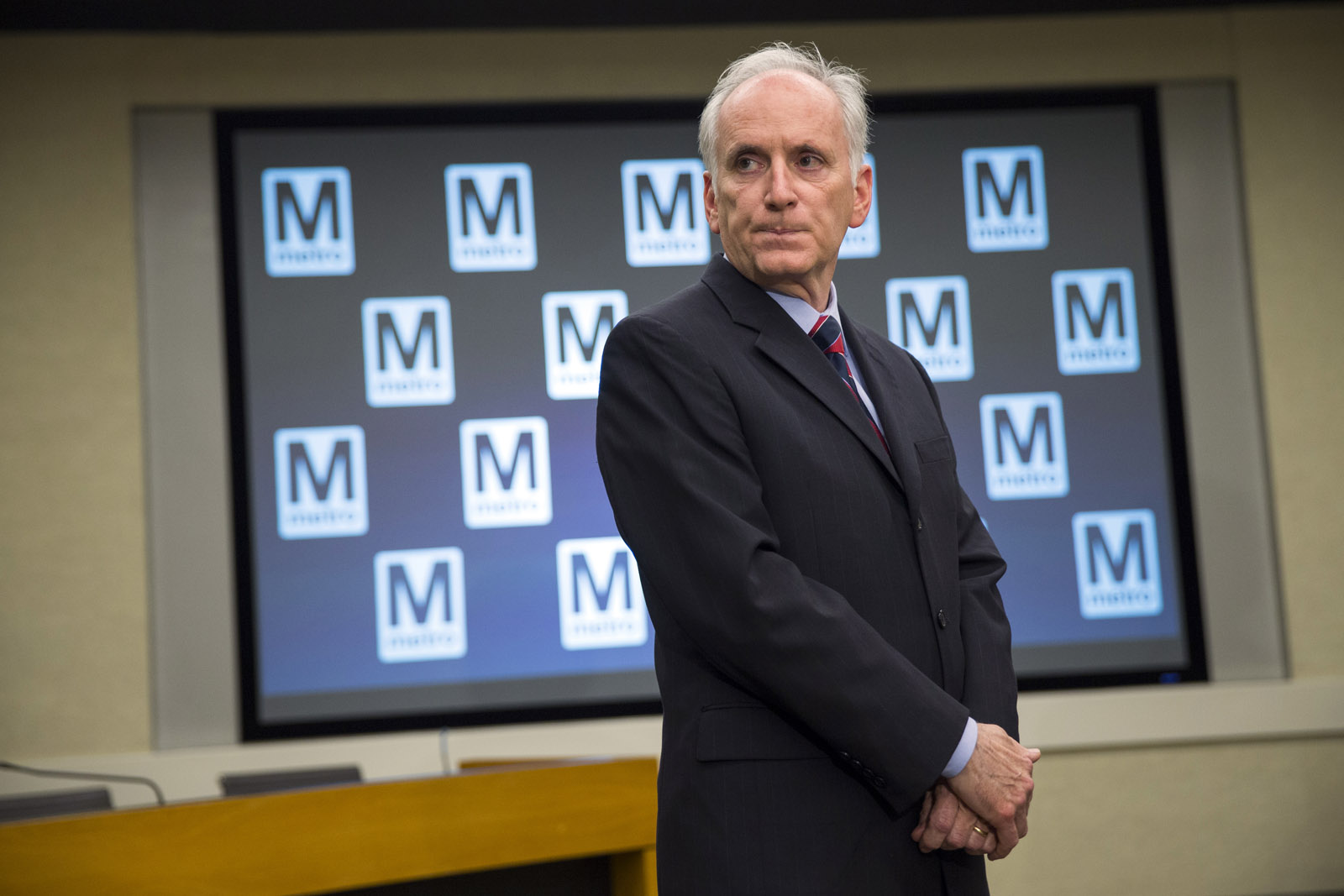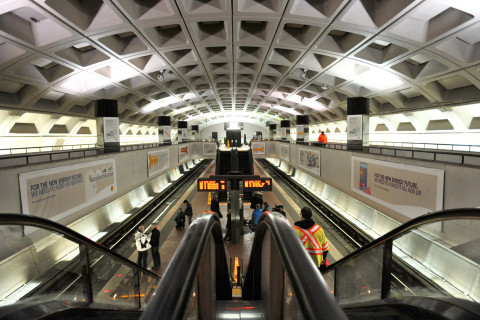WASHINGTON — After flashes of light, trains filled with smoke and exploding insulators, Metro is promising to address deep-seated problems with its power system.
Outside experts convened by the American Public Transportation Association find that the most significant smoke and fire issues largely trace back to “stray current,” which is when negative current in the rails the trains run on, positive current from the third rail, or electricity running through cables finds a way out of that circuit and into the ground, dirt or other equipment.
“Stray currents are typically small … but over time they cause destruction,” Maryland Transit Administration Chief Rail Engineer Vernon Hartsock said.
“When we saw the videos of the explosions and the testimony of glowing bolts, it was clear these things are caused by stray currents,” he said.
In addition to more spectacular issues like the one that led to a complete shutdown of the system in March, the stray current can eat away at metal.
Today, Metro only inspects interlockings for corrosion, but the outside experts told the Metro Board’s Safety Committee Thursday that a systemwide inspection program is critical.
“This corrosion control testing is essential that it be done systemwide and that it be done on a periodic basis so that … remediation work is then scheduled to fix the problems before they manifest themselves in the form of explosions and fires,” Hartsock said.
Metro Chief Safety Officer Pat Lavin said “at one time” Metro did have systemwide testing policies in place.
“That system got defunded in the past,” he said. “It got scaled back; it’s only done now at interlockings. So what I find is you have a lot of intelligent people that work here, they come up with very good programs, they implement them, and then they seem to, to some degree, get scaled back or suspended. So a lot of these industry best practices were being done at WMATA and we’d like to revive them.”
The independent review found Metro needs to do more to keep power systems and insulators clean, consider completely overhauling the power cable connections that were partly blamed for Carol Glover’s death on a smoke-filled train near L’Enfant Plaza in January 2015, and improve training to be sure that track workers and others are capable of doing their jobs and are aware of their specific responsibilities.
“This is the underlying cause of all of these problems with fires, explosions, glowing bolts,” Hartsock said. “These are electrical principles. There’s nothing mysterious about them, it’s fundamental electrical issues.”
The issues are compounded by the use of more eight-car trains and heavier new 7000-series cars along much of the tracks, although car breakdowns have regularly reduced the number of eight-car trains in service for riders.
General Manager Paul Wiedefeld said “it takes time” to make plans and fixes needed to address the stray current issue, but he would not say whether the issue would have an additional impact on the number of eight-car trains in the system.
“You fix the stray current, you basically monitor, you inspect, you maintain it first,” he said.
Metro opened using four-car trains 40 years ago, and now regularly uses a minimum of six cars per train with a some eight-car trains mixed in. Four-car trains remained a part of the system into the 2000s, and Metro is still planning power upgrades to accommodate the increased power needs of eight-car trains into the future.






